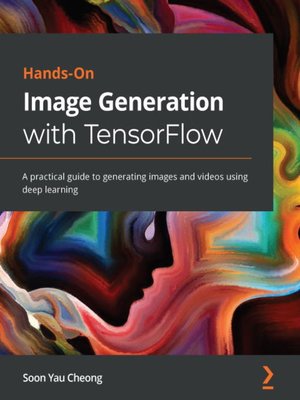Hands-On Image Generation with TensorFlow
ebook ∣ A practical guide to generating images and videos using deep learning
By Soon Yau Cheong

Sign up to save your library
With an OverDrive account, you can save your favorite libraries for at-a-glance information about availability. Find out more about OverDrive accounts.
Find this title in Libby, the library reading app by OverDrive.



Search for a digital library with this title
Title found at these libraries:
| Loading... |
Implement various state-of-the-art architectures, such as GANs and autoencoders, for image generation using TensorFlow 2.x from scratch
Key FeaturesThe emerging field of Generative Adversarial Networks (GANs) has made it possible to generate indistinguishable images from existing datasets. With this hands-on book, you'll not only develop image generation skills but also gain a solid understanding of the underlying principles.
Starting with an introduction to the fundamentals of image generation using TensorFlow, this book covers Variational Autoencoders (VAEs) and GANs. You'll discover how to build models for different applications as you get to grips with performing face swaps using deepfakes, neural style transfer, image-to-image translation, turning simple images into photorealistic images, and much more. You'll also understand how and why to construct state-of-the-art deep neural networks using advanced techniques such as spectral normalization and self-attention layer before working with advanced models for face generation and editing. You'll also be introduced to photo restoration, text-to-image synthesis, video retargeting, and neural rendering. Throughout the book, you'll learn to implement models from scratch in TensorFlow 2.x, including PixelCNN, VAE, DCGAN, WGAN, pix2pix, CycleGAN, StyleGAN, GauGAN, and BigGAN.
By the end of this book, you'll be well versed in TensorFlow and be able to implement image generative technologies confidently.
What you will learnThe Hands-On Image Generation with TensorFlow book is for deep learning engineers, practitioners, and researchers who have basic knowledge of convolutional neural networks and want to learn various image generation techniques using TensorFlow 2.x. You'll also find this book useful if you are an image processing professional or computer vision engineer looking to explore state-of-the-art architectures to improve and enhance images and videos. Knowledge of Python and TensorFlow will help you to get the best out of this book.






